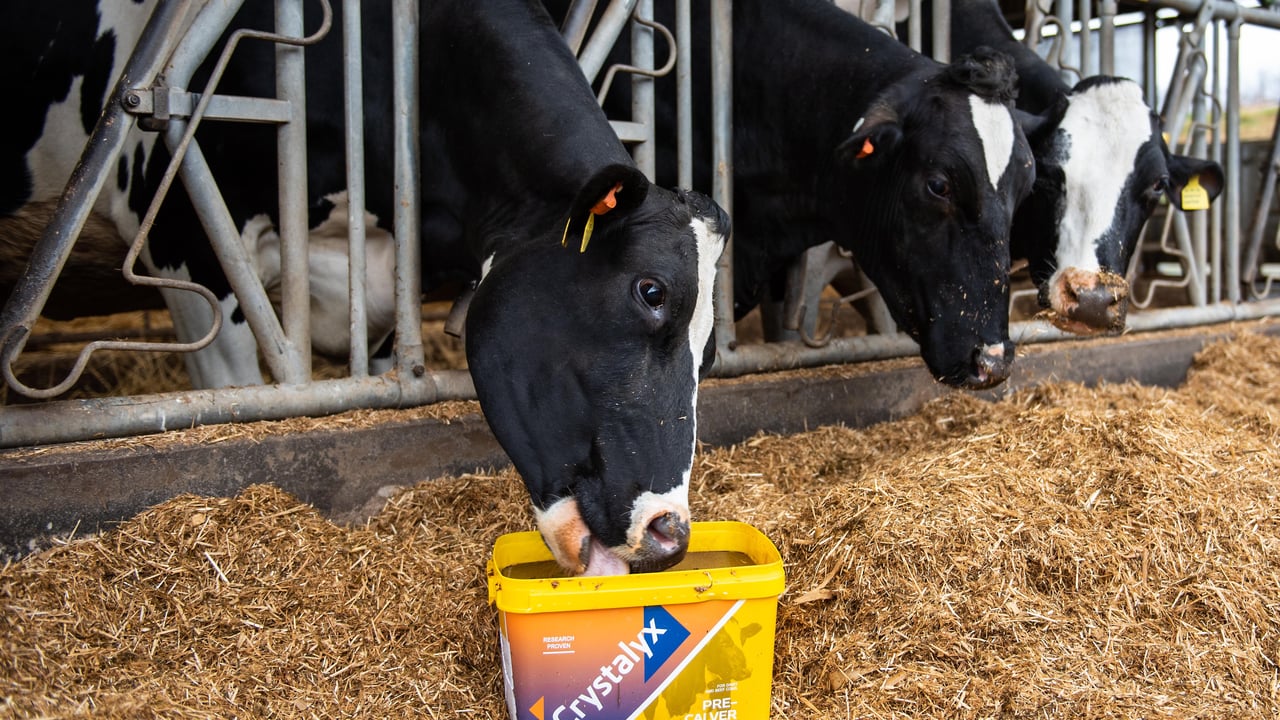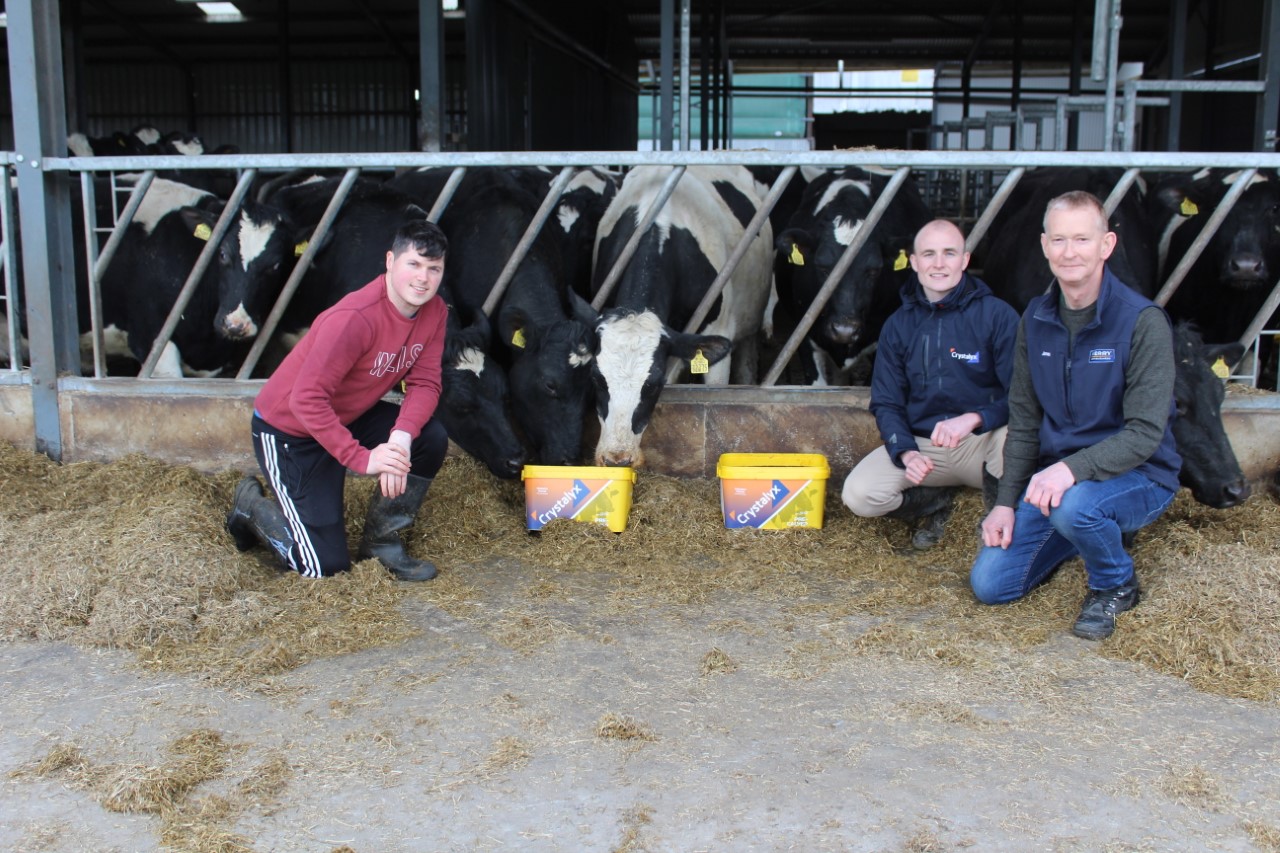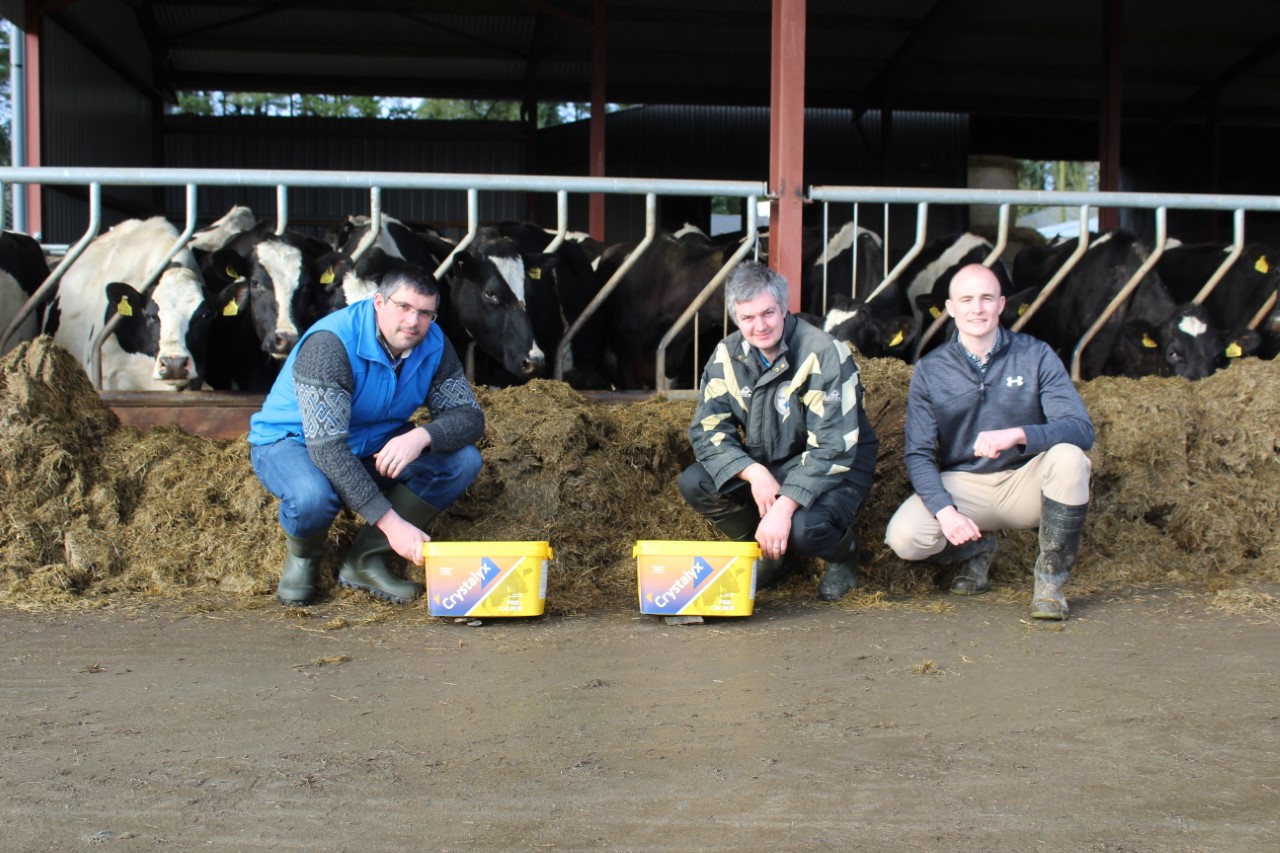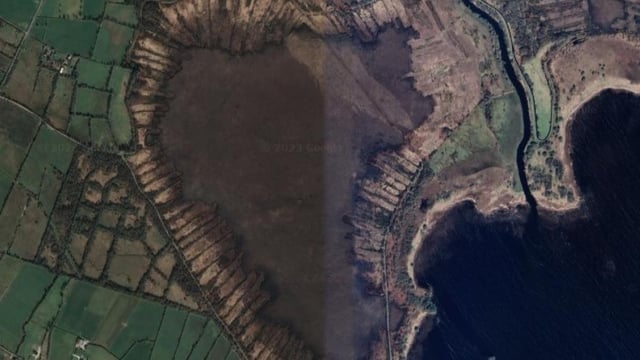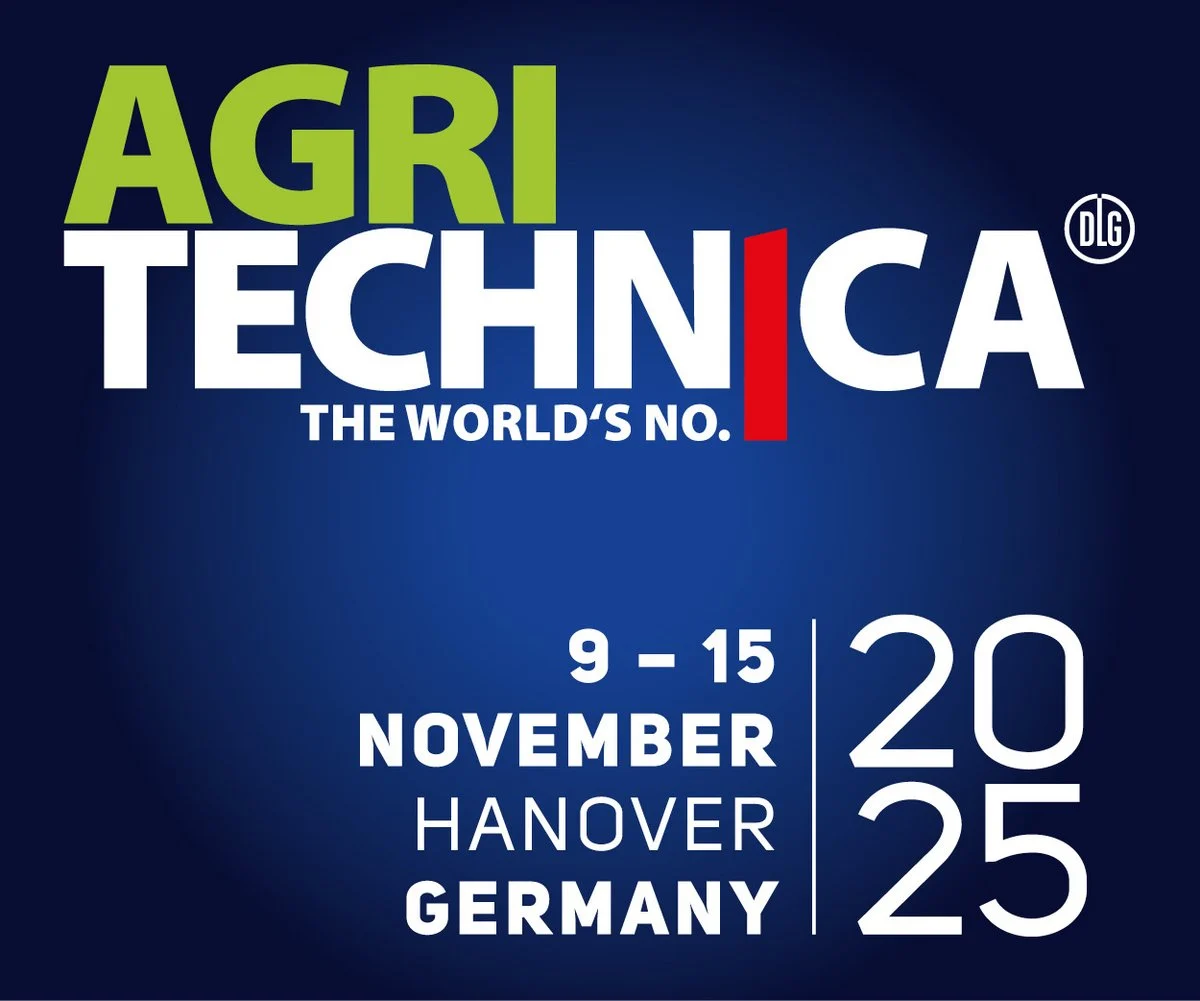Sponsored Article

Sponsored Article
Feed buckets deliver great start to 2023 calving season
Sponsored Article

Dairy farmers across Ireland are confirming a positive start to the 2023 calving season, with the growing use of feed buckets playing a part in this.
The good start is being attributed to the tremendous condition that cows were in at drying off and the continually improving management standards being achieved by farmers in the run-up to calving.
Effective dry cow management is at the very heart of efficient milk production.
A cow should be fit, not fat, and ideally hold a condition score in the range of 3-3.25, in order to give her the best chance of a stress-free calving.
Avoiding issues such as milk fever and slow calving can make all the difference to future fertility and lactation performance.
Quality supplementation at this time is key which is why the team at Crystalyx has spent years researching and developing feed licks that specifically provide for the transition cow.
Feeding Crystalyx feed buckets to late-pregnant dairy cows is not about improving daily liveweight gain, but preparing the cows to calve down easily and provide for a healthy transition into lactation.
Three studies undertaken in New Zealand, by the University of Auckland, with group sizes averaging approximately 200 cows, confirmed that access to Crystalyx Pre-Calver maintained normal blood magnesium and calcium levels right up to calving.
Significantly, this led to a reduced incidence and severity of any milk fever at calving whilst mitigating incidence of mastitis in early lactation.
Comparable results were recorded by Parma University. Research scientists there further reported that colostrum IgG yield of the Crystalyx-fed cows was double that of the control cows.
All Crystalyx-fed cows transitioned faster and easier into lactation. These very same results have been repeated on an increasing number of Irish dairy farms.
Vincent O’Shaughnessy milks 90 spring-calving, Friesian cows with his son John, near the village of Askeaton in Co. Limerick. The cows calve between the beginning of February and the middle of March.
Last year, the herd averaged 5,000L with good butterfat and proteins.
By February 15, this year, 35 cows had calved.
“To date, everything has gone according to plan. We have not lost a calf yet. All the cows have calved down without difficulty," John said.
"The cows have come into their milk very quickly and issues such as milk fever have not arisen.
"This is the second year that we used the Crystalyx Pre-Calver buckets. We wanted to give the cows every chance in the run-up to calving and to prevent the likes of milk fever arising once they had calved
“The herd is brought in at the end of November and we start to offer the buckets soon after this."
James Higgins is the manager of the Kerry Agribusiness store in Askeaton. He confirmed that Crystalyx Pre-Calver buckets are extremely popular with customers throughout his catchment area, adding:
“Dairy farmers realise that the buckets are extremely effective in preventing the onset of milk fever. In addition, calves are born with lots of vigour.”
John O’ Connor milks 110 spring-calving Friesian cows along with his father Jeremiah and mother Joan near the village of Meelin in North Cork.
Calving got underway this year on January 20. The bulk of the herd will be calved by the middle of April.
Last year, the cows averaged 5,500L.
The dry period kicks in at the beginning of December.
“Straw is made available with the silage at that stage,” John explained.
“The Crystalyx Pre-Calver buckets were put in with the cows during Christmas week.
“The herd was dried off in three batches last year, with the objective of giving all cows a six-week dry period.
This is the first year that the O’Connors have used the Crystalyx Pre-Calver buckets.
“The minerals have to go back into the cows during the dry period. I opted to go with the Crystalyx buckets to help make this possible,” John commented.
“And we have had a very positive start to the 2023 calving season.”
Maurice Holmes manages the nearby Kerry Agribusiness store in Newmarket. He confirmed that sales of Crystalyx Pre-Calver buckets have been exceptionally strong in the run-up to the 2023 calving season.
“Increasing numbers of dairy farmers recognise the effective role they play in making critically important minerals available to cows during their dry period,” he said.
Luke Morgan, Crystalyx Account Manager for Ireland was a recent visitor to both the O’ Shaughnessy and O’Connor farms.
“Crystalyx Pre-Calver can be fed in late pregnancy. It helps to ensures cows maintain better appetite up to calving, have a strong immune system at calving while also ensuring optimum calf health and vigour," he said.
“Forage type is also critically important in the context of a dry cow management programme.
“Silages high in potash should be avoided at all costs. There is one critical period of a cow’s life when low potassium diets are especially important: in the three to four weeks leading up to calving.
“During this period, large amounts of calcium are transferred from the cow’s blood to the mammary gland to be utilised as part of the colostrum the calf will need.
“If a cow is on a diet high in potassium, directly pre-calving, this can increase her blood pH level. When this happens, the internal mechanism that optimises calcium absorption and mobilization doesn’t work effectively. This can leave the cow susceptible to milk fever, or hypocalcaemia directly post calving.”
“Straw can be easily included in pre calving diets. The availability of Crystalyx blocks will ensure that cows receive the correct balance of minerals, trace elements and vitamins they need to facilitate a successful calving."
For more information on Crystalyx buckets, click here.
Sponsored Article


